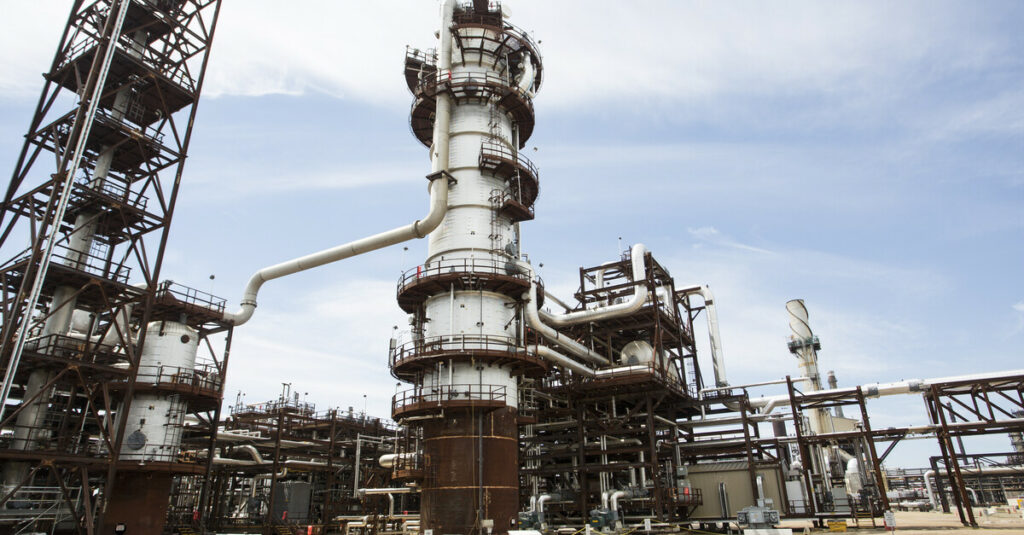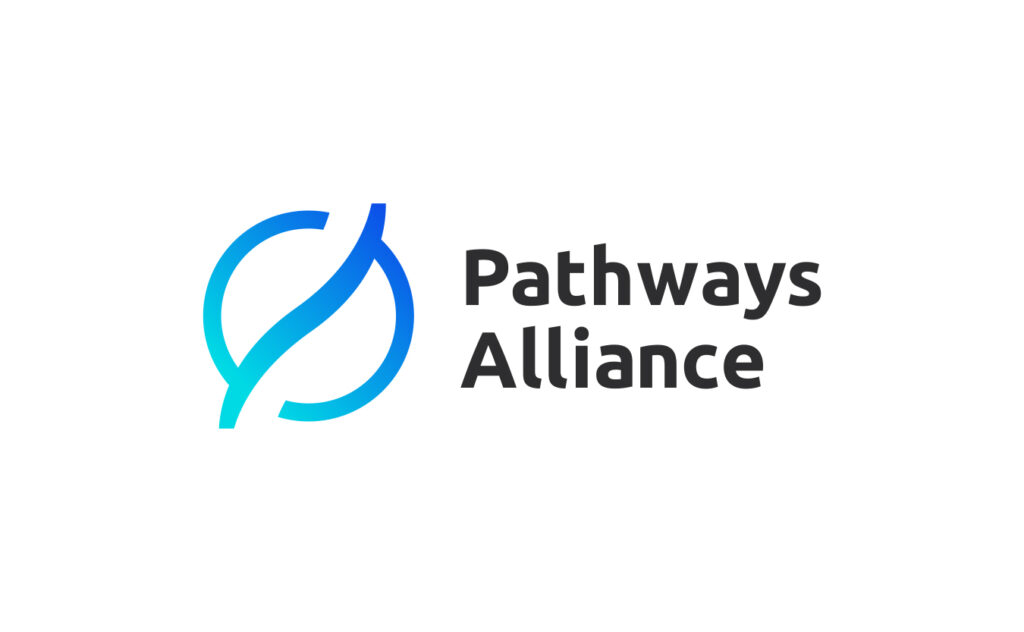The process of capturing carbon dioxide (CO2), and storing the captured CO2 in underground rock formations, is called carbon capture and storage (CCS). If the captured CO2 is used in enhanced oil recovery or other processes that permanently remove the CO2 from the atmosphere, the process is called carbon capture, utilization, and storage (CCUS).
Pathways Alliance
Canada’s six largest oil sands companies are working together – and with governments – on an ambitious emissions reduction plan to achieve net zero emissions from oil sands operations by 2050 and deliver the world’s preferred barrel of responsibly produced oil. Key to these reductions is a proposed carbon capture and storage (CCS) project in northeastern Alberta.
Some examples of CCS/CCUS in the Canadian oil and natural gas industry are below.
Quest CCS
The Quest CCS facility captures and stores about one-third of the CO2 emissions from the Shell-operated Scotford Upgrader near Fort Saskatchewan, Alberta (northeast of Edmonton), which upgrades bitumen into synthetic crude oil. The CO2 is transported through a 65-kilometre pipeline and injected into a sandstone reservoir more than two kilometres underground, below multiple layers of impermeable rock formations, so the CO2 is permanently stored. The Quest CCS facility started operation in 2015 and to date (2023) has captured more than eight million tonnes of CO2.

Enhance Energy and EOR
A company called Enhance Energy is using a proven technique called enhanced oil recovery (EOR) that involves obtaining CO2 from large industrial emitters in Alberta and injecting it into a developed oil reservoir that is near the end of its conventional life. The idea is to flood the reservoir with CO2, which acts like a solvent that reduces the viscosity of the remaining oil so it can be pumped to the surface. The Alberta Carbon Trunk Line pipeline transports the captured CO2 from emitting facilities (such as a fertilizer plant) near Edmonton to the depleted reservoir near the town of Clive in central Alberta. The project started operation in 2020.
What is EOR?
Typically, oil in an underground reservoir is under pressure, so it will naturally flow up a well to the surface. As oil within the reservoir is depleted the pressure drops, making recovery of the remaining oil more difficult. Many producers install pumpjacks to pump more oil to the surface.
Enhanced oil recovery (EOR) injects a fluid – usually produced water (water that comes to the surface along with oil or natural gas) – into the reservoir to either rebuild reservoir pressure, lower the oil’s viscosity, or displace the oil within the reservoir, enabling recovery of oil that would otherwise be left behind. Carbon dioxide (CO2) can be used instead of produced water.
Boundary Dam, Saskatchewan
A carbon capture and storage project called Aquistore grabs emissions from SaskPower’s Boundary Dam coal-fired electricity generation plant near Estevan, Saskatchewan, and injects that CO2 into a saline (salt water) zone more than three kilometres below the surface. The project started in 2014 – the first coal-fired power station in the world to successfully use carbon capture technology – and to date (2023) has prevented emission of about four million tonnes of CO2 into the atmosphere, equivalent to emissions from about one million cars.
Weyburn, Saskatchewan and Joffre, Alberta
Whitecap Resources is the operator and majority owner of the Weyburn Unit in southeast Saskatchewan and the sole owner and operator of the Joffre Unit in central Alberta. These developments inject CO2 safely and permanently deep underground to increase oil production from two crude oil reservoirs. The Joffre Unit is Canada’s first commercial CO2 flood for enhanced oil recovery. The Weyburn Unit is backed by years of extensive scientific research and today is recognized as the largest carbon capture, utilization, and storage project for enhanced oil recovery in the world using human-generated CO2.

A future market for C02?
Companies are exploring potential uses for C02 as a potentially marketable product. One such example of this thinking is the winner of the NRG / COSIA Carbon XPRIZE completion.
The $20 million competition, sponsored by NRG in the U.S. and COSIA in Canada, was designed to spur development of technologies to recycle carbon emissions into valuable products. In 2021, CarbonCure, based in Dartmouth, Nova Scotia captured the US$7.5 million prize in the natural gas competition. CarbonCure makes stronger, greener concrete. In the competition, this company provided the most comprehensive demonstration of a product, technology, and market advantages. This technology is already reducing CO2 and water intensity in concrete, with the technology now in market and installed at over 150 facilities worldwide.

